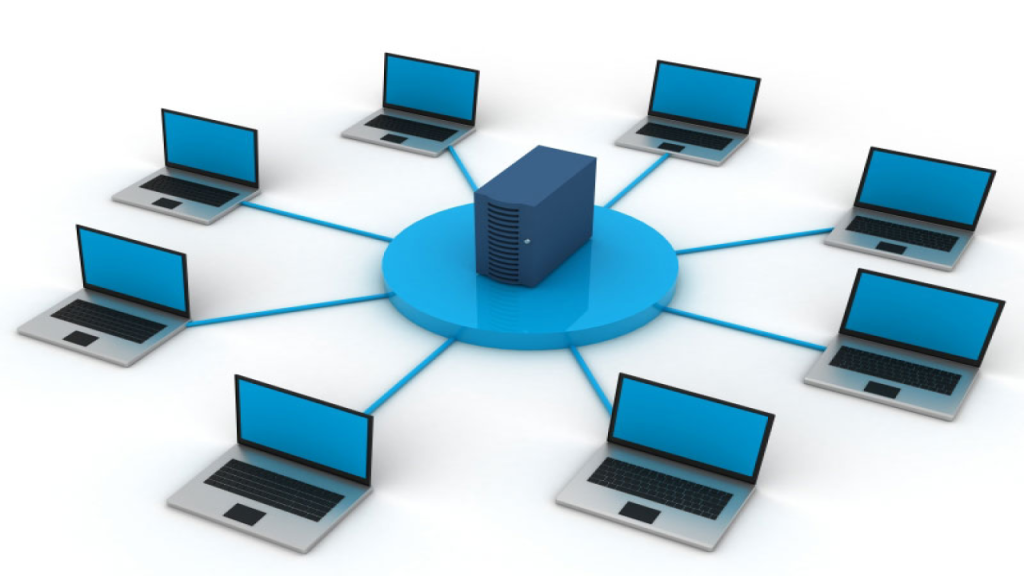Amidst the vibrant tapestry of Mumbai, India’s financial capital, a silent yet impactful transformation is taking place within the domain of education. Government-run schools, often referred to as ‘Sarkari schools’, are shedding their erstwhile image and emerging as centers of excellence, accessible to all. These institutions, once perceived as lacking in infrastructure and resources, are now undergoing a remarkable metamorphosis, driven by the unwavering commitment of the Mumbai government to provide world-class education to every child

Introduction
For years, Sarkari schools have been unjustly stereotyped as underperforming institutions, offering subpar educational experiences. However, this narrative is rapidly changing as these schools embrace innovation and adopt holistic approaches to learning. The Mumbai government’s unwavering focus on improving the quality of education in these institutions has resulted in significant advancements in infrastructure, teacher training, and pedagogical practices.
Historical Evolution of Sarkari Schools in Mumbai
The Genesis: Laying the Foundations of Education
The origins of Sarkari schools in Mumbai can be traced back to the mid-19th century, when the British colonial administration established a network of schools to provide basic education to the masses. These early schools, often housed in modest structures, were instrumental in introducing literacy and numeracy to a largely uneducated population. Despite their limitations, they sowed the seeds of education in Mumbai, paving the way for future advancements.
Post-Independence Era: Navigating Challenges and Embracing Change
Following India’s independence in 1947, the responsibility for Sarkari schools shifted to the newly formed Indian government. This period saw a surge in student enrollment, posing significant challenges in terms of infrastructure and teacher availability. However, the government’s commitment to education remained steadfast, leading to gradual improvements in facilities and teaching methodologies.
Infrastructure and Facilities
Transportation: Navigating the Arteries of the City
Mumbai’s transportation network, a complex web of interconnected systems, serves as the lifeline for its millions of inhabitants. The city boasts a comprehensive public transportation system, comprising the iconic Mumbai Suburban Railway, the BEST bus network, taxis, auto-rickshaws, and the recently introduced Mumbai Metro. These modes of transport cater to the daily commute of millions, connecting the city’s diverse neighborhoods.
Road Infrastructure: Paving the Way for Progress
Mumbai’s road network, a labyrinth of highways, arterial roads, and internal lanes, forms the foundation of its surface transportation. While the city faces challenges with traffic congestion, significant efforts are underway to improve road infrastructure. Projects like the Mumbai Urban Transport Project (MUTP) and the construction of new flyovers and bypasses aim to ease traffic flow and enhance connectivity.
Aviation: Connecting Mumbai to the World
Chhatrapati Shivaji Maharaj International Airport, Mumbai’s primary air gateway, serves as a crucial link connecting the city to national and international destinations. The airport’s expansion and modernization have enhanced its capacity, making it one of India’s busiest airports. Additionally, the proposed Navi Mumbai International Airport promises to further boost Mumbai’s aviation infrastructure.
Quality of Education
Sarkari Result tools work by collecting, curating, and presenting information from various government websites and sources. Here’s an overview of the key processes involved:
- Data Collection: These tools employ web scraping techniques to extract data from government websites, employment portals, and official notifications. This data includes information about job vacancies, exam schedules, results, and other relevant details.
- Data Organization: Once the data is collected, it is organized and categorized to make it easily accessible to users. This involves creating a user-friendly interface that allows visitors to search for specific job categories, departments, and states.
- Regular Updates: To ensure the information is up-to-date, Sarkari Result tools continuously monitor government websites and notifications. When new job vacancies are announced or results are published, the tools update their databases accordingly.
- User-Friendly Design: These tools often feature user-friendly designs and search functionality, allowing job aspirants to quickly find the information they need. Users can search for jobs by category, location, educational qualification, and more.
- Alert Systems: Many Sarkari Result tools offer alert systems, where users can subscribe to receive notifications about specific job categories or exam results. This keeps job aspirants informed without the need for manual checks.
Inclusivity and Diversity
Defining the Pillars of Inclusivity and Diversity
Inclusivity, at its core, embodies the active creation of environments where individuals from all walks of life feel a sense of belonging and acceptance. It entails the conscious removal of barriers that hinder participation and the fostering of a culture where everyone has equal access to opportunities and resources. Diversity, on the other hand, celebrates the vast array of human differences, encompassing not only race, ethnicity, and gender but also extending to socioeconomic status, sexual orientation, religious beliefs, and physical abilities
The Significance of Inclusivity and Diversity
The pursuit of inclusivity and diversity is not merely a moral imperative but also a catalyst for societal progress and innovation. When individuals from diverse backgrounds come together, they bring with them a wealth of perspectives, experiences, and knowledge that can enrich discussions, fuel creativity, and lead to groundbreaking solutions. Inclusivity and diversity foster a more vibrant and dynamic society, where individuals feel empowered to express their authentic selves, contributing to a collective sense of belonging and shared humanity.
Challenges and Barriers to Inclusivity and Diversity
Despite the inherent value of inclusivity and diversity, societies often face challenges in fully embracing these principles. Entrenched biases, stereotypes, and discriminatory practices can create obstacles to equal opportunities and hinder the full participation of individuals from marginalized groups. Moreover, unconscious biases, deeply ingrained societal norms, and a lack of understanding of different cultures can lead to unintentional exclusion and marginalization.




















